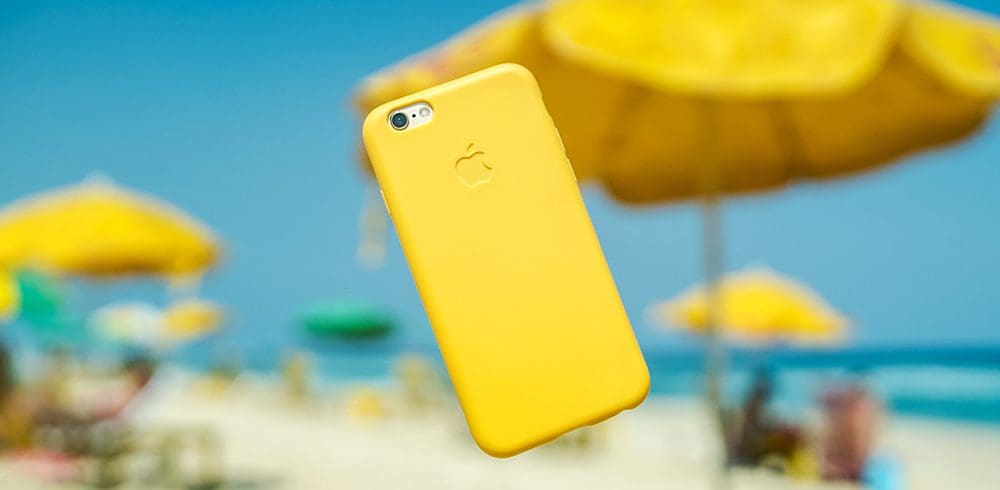If you have tried taking photos for at least a few months, you might wonder why the images don’t look like the professionals? Apart from experience, adding style to a shoot has a lot to do with it. With product photography on the rise, many photography businesses are keeping busy. Stylised product shots are all the rage at the moment. So, how do you go about creating a similar look for your brand?
In this short guide, we want to provide you with some insight on how we obtain on-trend images. First, it starts with a plan.
Decide what you want and plan your photography shoot.
For many, this is the most challenging part. We recommend you start by writing down a few keywords that are important to your brand, because understanding your brand and communicating that with a photographer is vital.
Next, try your hand at a rough sketch, it doesn’t need to be high quality. Instead, it should portray where you are thinking of having products placed. This guide may change on the shooting day, but it gives the rest of the team a shared vision.
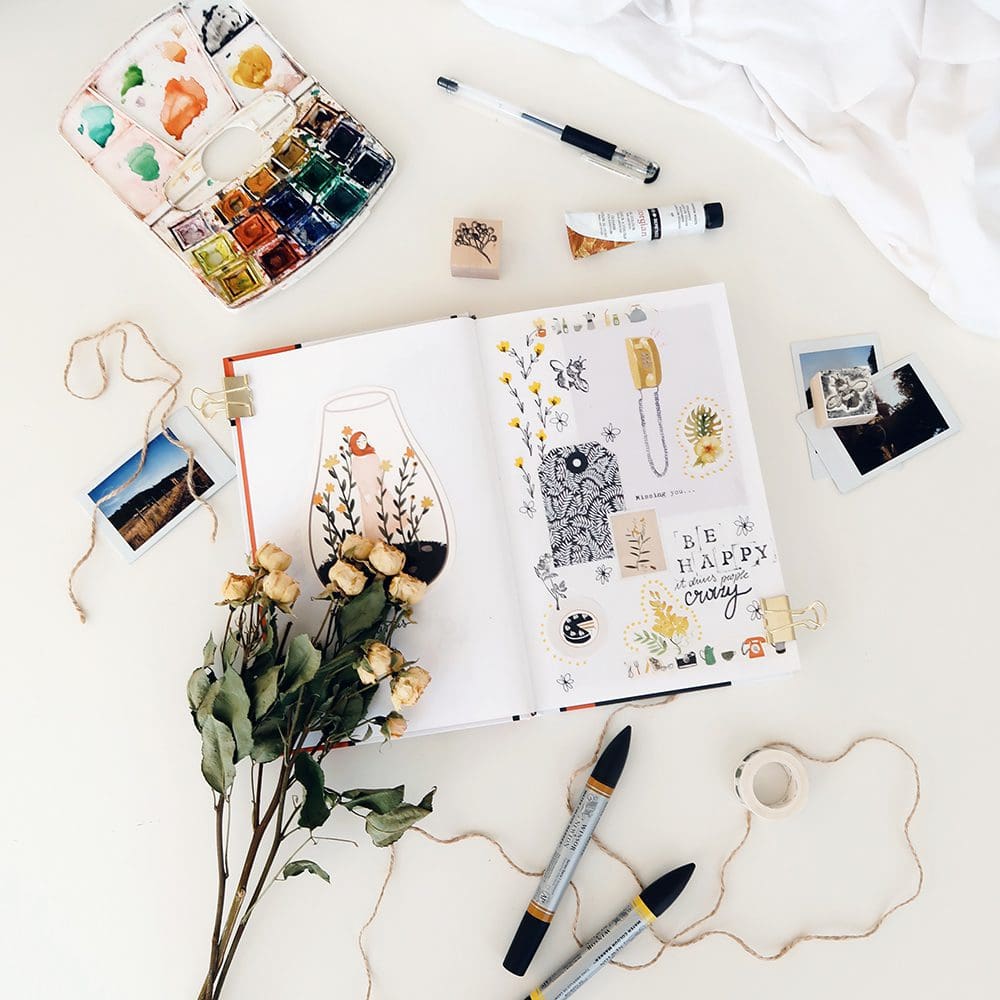
Then, decide if you want to include any props in the scene. Source them if you do. Just remember, you do not need to purchase accessories, they can also be seasonal items from nature that relate to your product. With all the planning out of the way, the next thing to think about is if you want to hire a stylist, model and makeup artist.
Hire a team to bring some style to your shoot.
Having a team to help you run the shoot can be a huge advantage. Stylists are often in demand, and if you have never worked with one, do yourself a favour and employ them. On the day a stylist will ensure all parts of the shoot come together. They have the knowledge and experience to understand what clients want. From selecting models, makeup and garments through to visually displaying products, having a stylist involved in the preproduction and production will make your life a whole lot easier.
The other crucial person to think about is a professional photographer, because they can bring extensive knowledge and understanding of equipment to a shoot. Many products can also be quickly and efficiently photographed throughout the day either in the studio or out on location.
Research your brand’s target audience.
Dive into your social analytics to understand the ages of your audience and then research some fashion trends. If you are unsure what’s fashionable purchase a relevant lifestyle magazine. Then research what they feature and create a similar style. Also, try and learn about both your male and female audiences (if it relates to your product) and create a style to suit both audiences.
Pay attention to the small details.
Taking note of the small things during a shoot can save a lot of time editing. Things you should be aware of include:
- Being aware of the size of your products in proportion to props and camera angles.
- Notice any distracting elements in the background and remove them.
- Remove fingerprints on your products.
Select a background to compliment your product.
If you are in a studio environment, you can control your background. There are many options here. For product photography, you most likely will use a white background. However, there are some exceptions if you are following your brand guidelines. If you opt to create some styled lifestyle imagery, then colour blocking your background can make your product stand out. A great tool for deciding on complementary colours is the Adobe Color CC website.
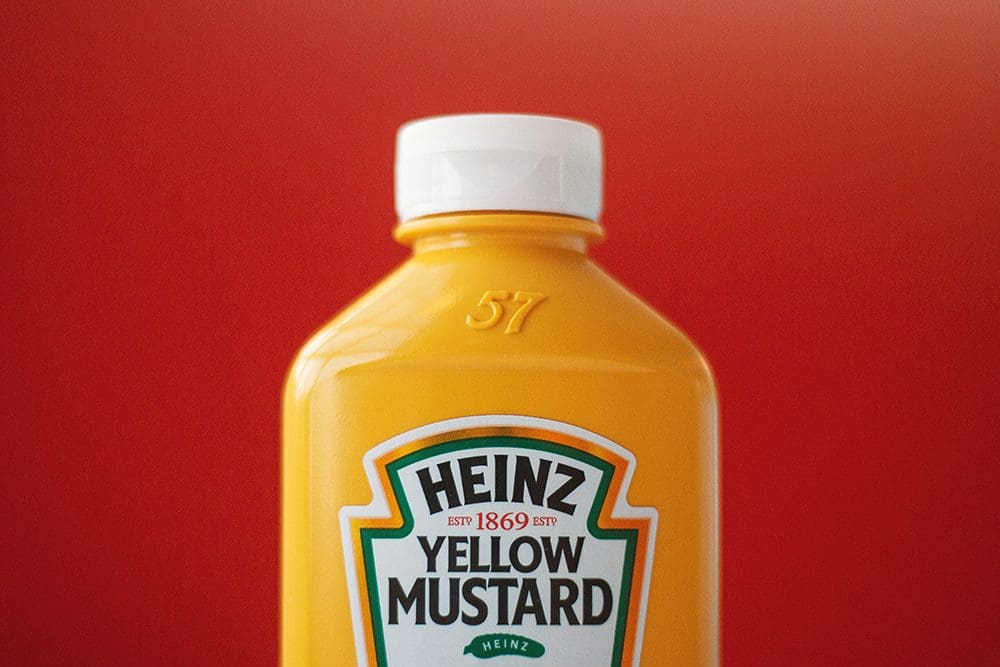
Use bokeh to separate your product from the background.
Professional photographers will use specialist lenses to achieve a blurred background. You can make similar bokeh looks with your smartphone electronically. However, professional photos will always produce a better result. The reason why throwing the background out the focus helps is because it separate your product from any distractions. The technique makes your product pop and gives the overall image a professional look. This builds trust with your buyers.
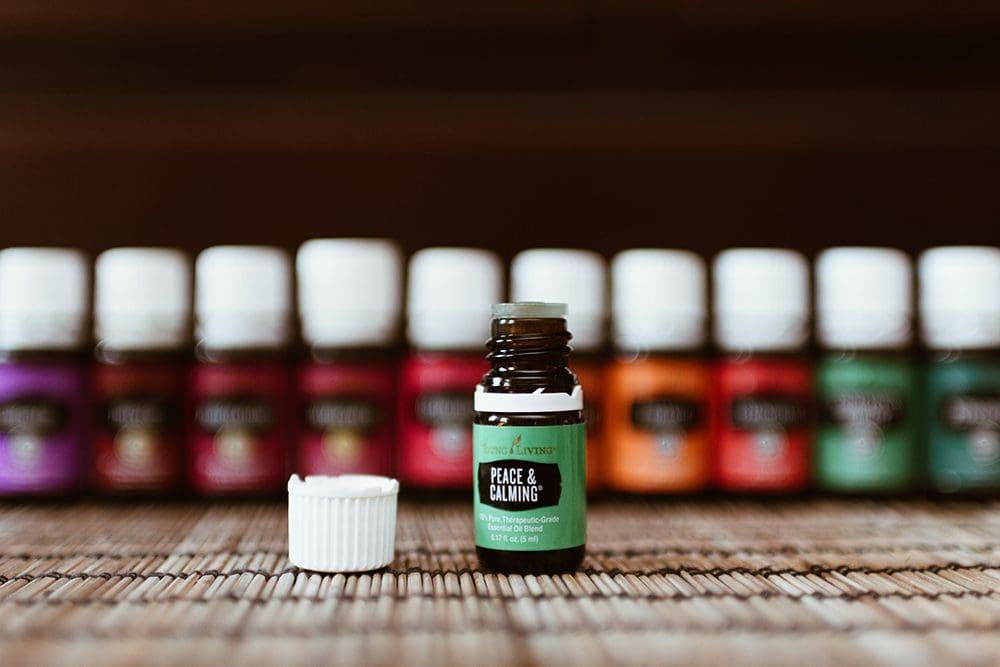
Try photographing from different angles and include multiple colours.
If you follow the stylist’s advice on set, colour can make a massive difference to a product shoot. Adding colour to a scene might be as simple as holding a coloured card in the background or adding some flowers to the scene. Whatever the case it is good to explore ideas in the planning stage.
The other important point to help you obtain better-styled images is to change up the angle. Changing the angle can be as easy as getting to the same level as the product and taking the photo. You could even look down on your product and create a flat lay. Or better still, it could involve moving some of the props closer to the lens, so they appear blurred and make your product stand out.
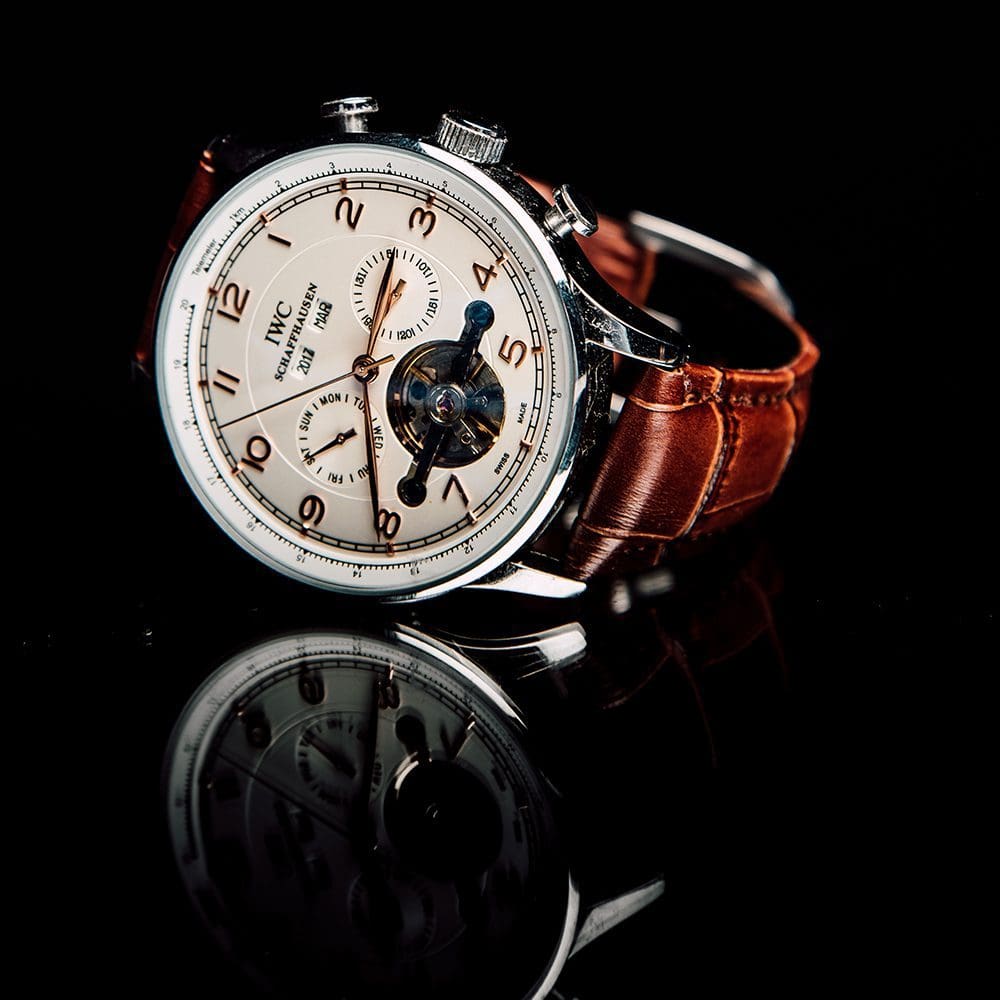
Add similar products together in groups.
You can change the way your product looks by displaying it differently. For instance, if you are photographing your product on a tabletop try creating a pattern. Or how about grouping similar items with equal space between them to create a striking image?
Determine what lighting you want to use.
The best light is natural light, nothing else comes close. For the best-styled images try photographing your product in the afternoon light or window light, because this can create some stunning looks. On the other hand, if you are in a studio speak to your photographer and use a flash diffuser to soften any harsh shadows.
Create composition and a balance in your photos.
Photographers have the experience to achieve composition in photos. Having balance in an image can in itself provide style to a photograph or product. Other ways of creating unique arrangements are to use different lenses. For instance, try using a macro lens to focus on the details of a product.
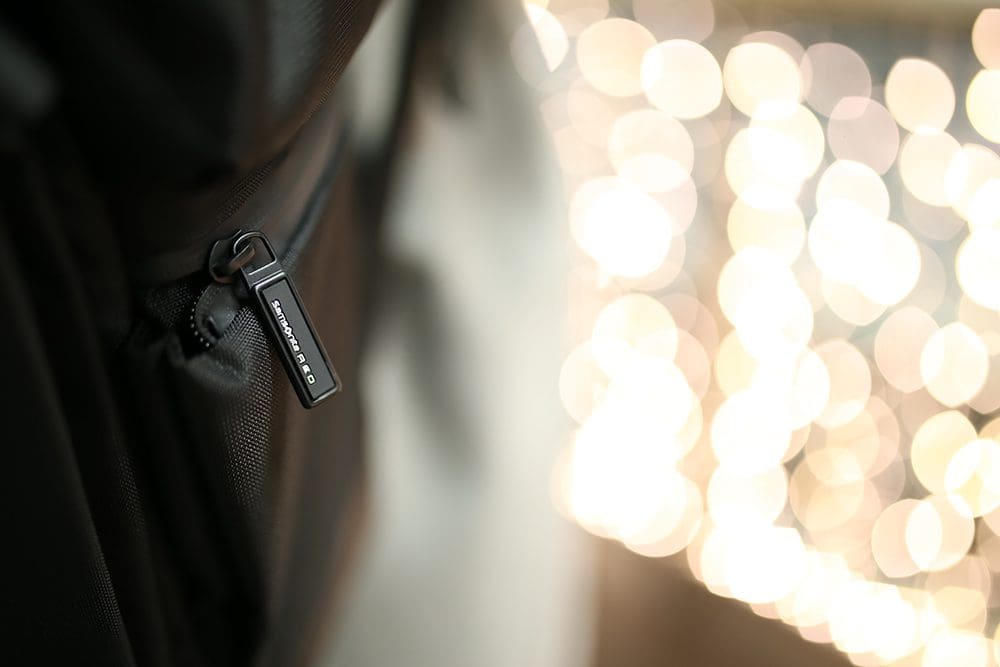
We hope you learn from some of these style tips. Taking product photos is hard, but when they are styled well the images can stand out making the whole process look easy. More importantly, the result is more engagement with your pictures and stronger brand recognition. To learn more about the styling Visionair bring to product photography we encourage you to contact us today.

